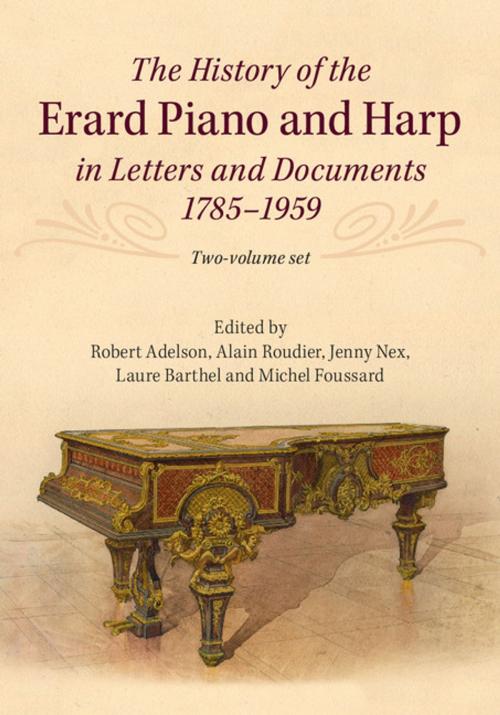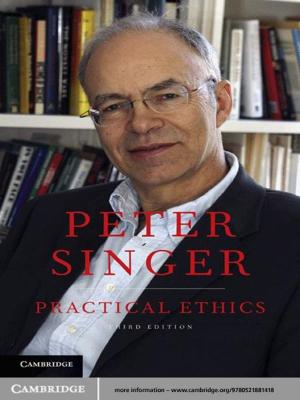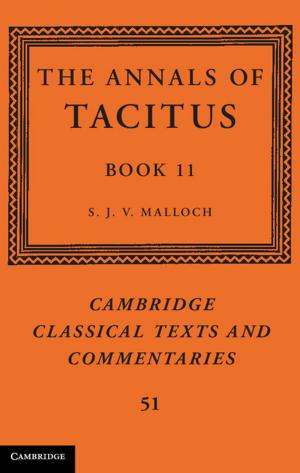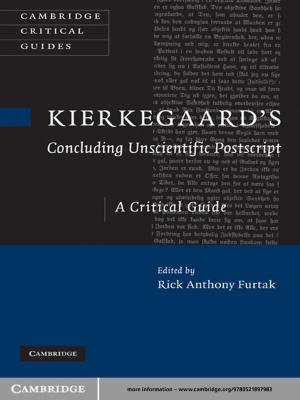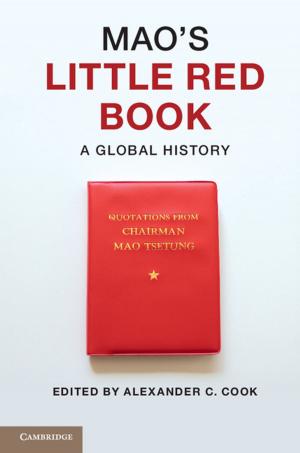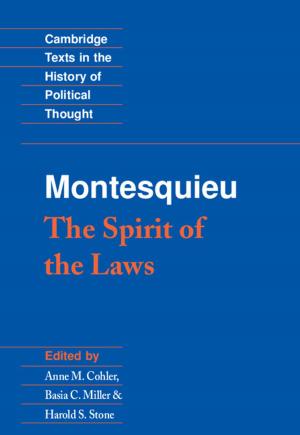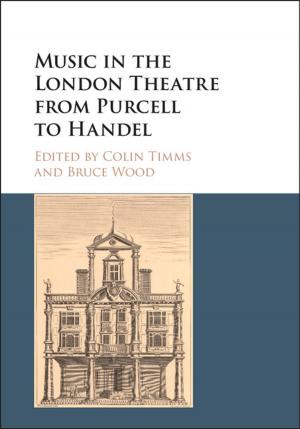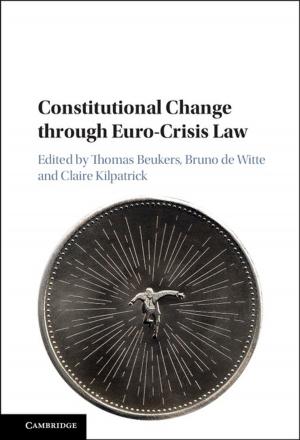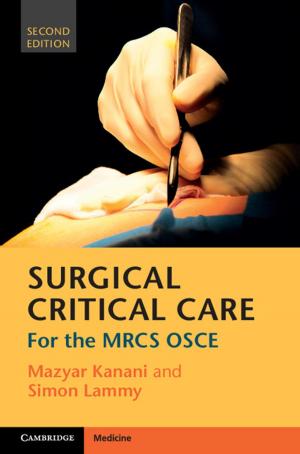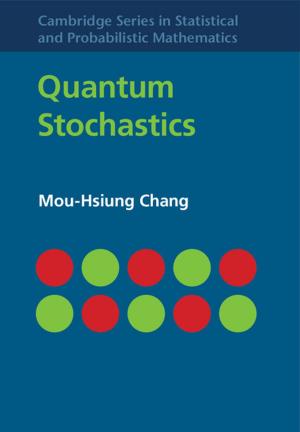The History of the Erard Piano and Harp in Letters and Documents, 1785–1959
Nonfiction, Entertainment, Music, Theory & Criticism, Theory, History & Criticism| Author: | ISBN: | 9781316407158 | |
| Publisher: | Cambridge University Press | Publication: | June 11, 2015 |
| Imprint: | Cambridge University Press | Language: | English |
| Author: | |
| ISBN: | 9781316407158 |
| Publisher: | Cambridge University Press |
| Publication: | June 11, 2015 |
| Imprint: | Cambridge University Press |
| Language: | English |
Sébastien Erard and the firm that carried his name are seminal in the history of musical instruments. Erard's inventions - especially the double escapement for the piano and the double-action for the harp - have had an enormous impact on instruments and musical life and are still at the foundation of piano and harp building today. The recently discovered archives of the Erard piano and harp building firm are perhaps the largest and most complete record of musical instrument making anywhere, containing never-before-published correspondence from musicians including Mendelssohn, Liszt and Fauré. These volumes present the archive's records and documents in two parts, the first relating to inventions, business, composers and performers and the second to the Erard family correspondence. In both the original French and with English translations, the documents offer fascinating insights into the musical landscape of Europe from the start of Erard's career in 1785 to the closure of the firm in 1959.
Sébastien Erard and the firm that carried his name are seminal in the history of musical instruments. Erard's inventions - especially the double escapement for the piano and the double-action for the harp - have had an enormous impact on instruments and musical life and are still at the foundation of piano and harp building today. The recently discovered archives of the Erard piano and harp building firm are perhaps the largest and most complete record of musical instrument making anywhere, containing never-before-published correspondence from musicians including Mendelssohn, Liszt and Fauré. These volumes present the archive's records and documents in two parts, the first relating to inventions, business, composers and performers and the second to the Erard family correspondence. In both the original French and with English translations, the documents offer fascinating insights into the musical landscape of Europe from the start of Erard's career in 1785 to the closure of the firm in 1959.
